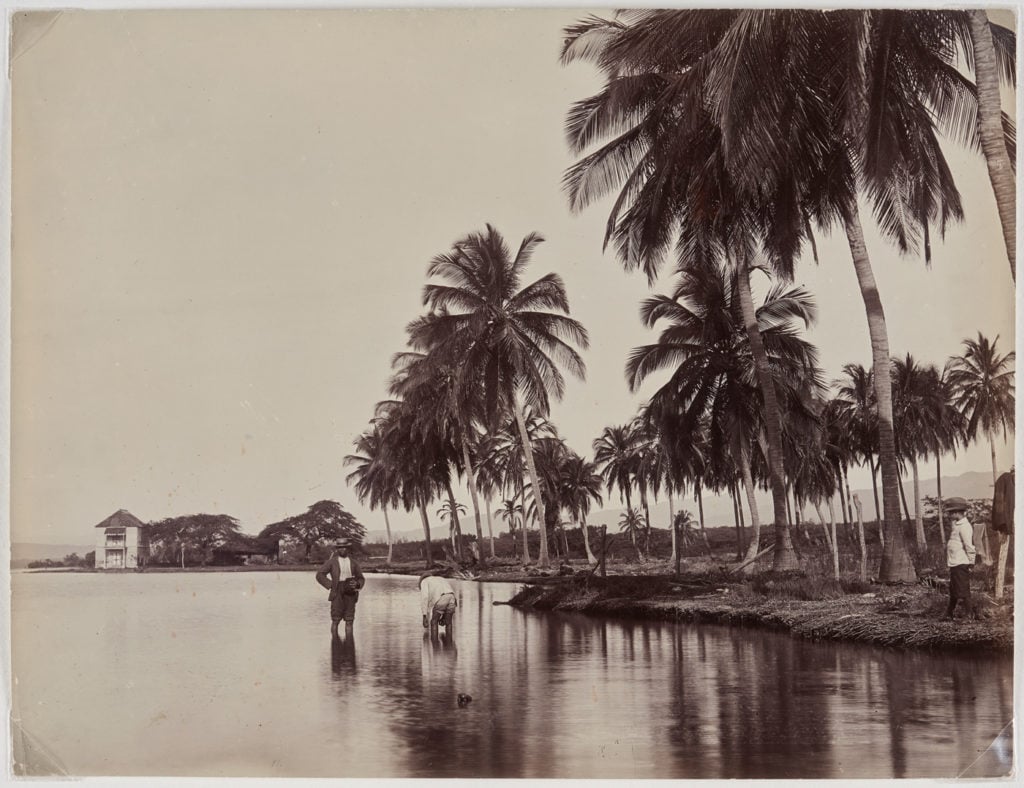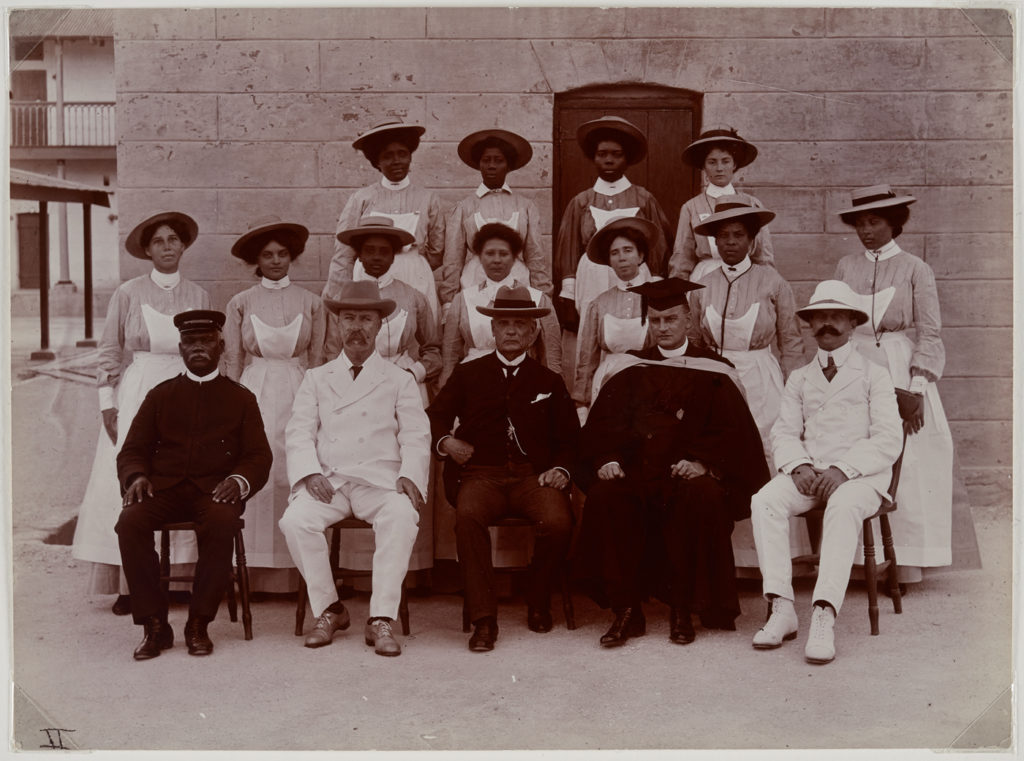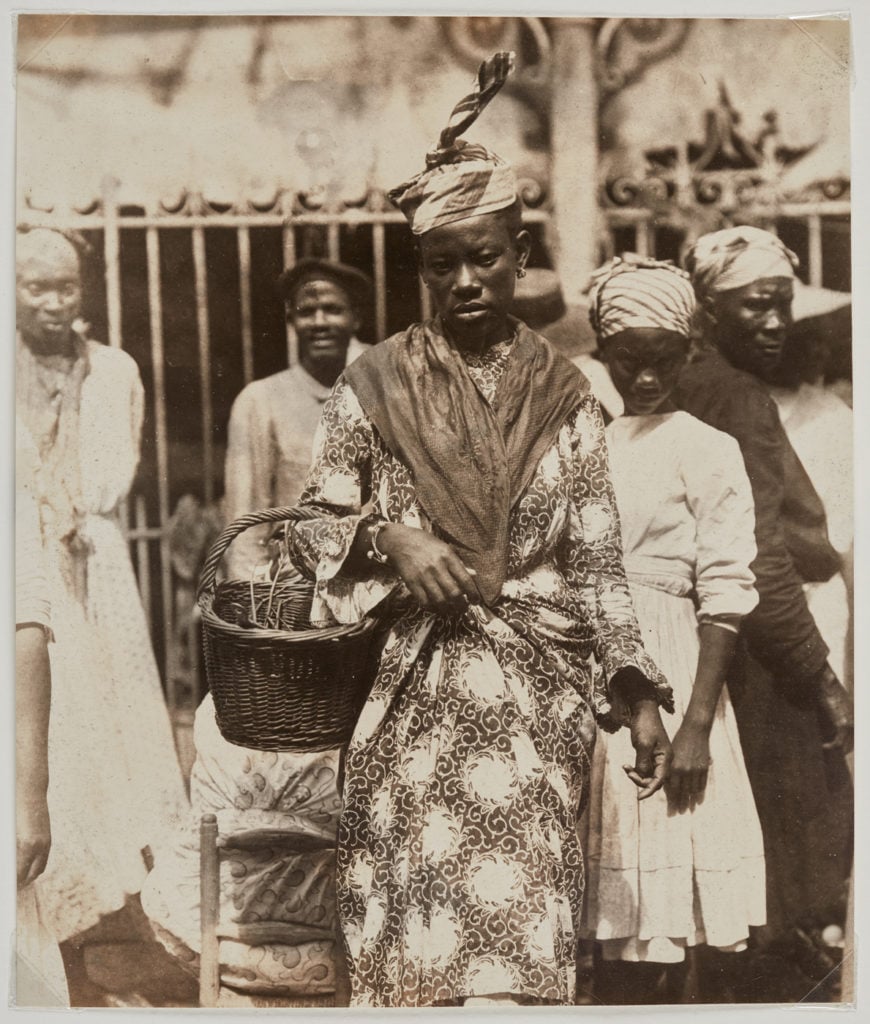Art World
Caribbean Communities in Toronto Helped the Art Gallery of Ontario Acquire a Historic Trove of Photographs From the Islands
The $300,000 acquisition fills in a huge gap in the museum's collection.

The $300,000 acquisition fills in a huge gap in the museum's collection.

Taylor Dafoe

The Art Gallery of Ontario in Toronto has acquired a group of 3,500 historic images from dozens of Caribbean islands in a cache believed by the museum to be the largest and most substantial collection of its kind in North America. And the $300,000 purchase would never have happened without the support of the local Caribbean community.
The pictures, which span a 100-year period, from 1840 to 1940, come in just about every photographic format produced during the era, from postcards to daguerreotypes to stereographs. Altogether, the photographs provide a much-needed look at the region during a period that spans the abolition of slavery, the overthrow of colonial rule, and the early days of the tourist economy.
“It’s really quite new to photo history,” Julie Crooks, assistant curator of photography at the museum, tells artnet News. “The collection offers documentation of the land, the region, the culture, through varying perspectives and viewpoints. It’s a visual social history of the Caribbean. That’s what makes it so exciting and unique.”

Glendairy Prison Officials, Barbados (1909). Photographer Unknown. Courtesy of the Art Gallery of Ontario.
The $300,000 acquisition was funded by 27 donors, the majority of whom come from Toronto’s local black and Caribbean communities. Many had never contributed to the museum before, but were sold on the idea of filling this gap in the institution’s collection.
“Toronto has a very large Caribbean demographic, and has since the 1910s,” Crooks says. “We really want the black and Caribbean communities to be part of this project, to feel a sense of ownership. The response was actually quite visceral. For the most part, everyone that we pitched this idea to was on board and we raised the money quite quickly.”
Crooks, who spearheaded the acquisition with the museum’s curator of photography, Sophie Hackett, first came across the collection in 2017 at the AIPAD art fair in New York. There, the curators met Patrick Montgomery, a former documentary filmmaker who had amassed the materials over the course of a 12-year passion project.

At The Market, Martinique (ca. 1895). Photographer Unknown. Courtesy of the Art Gallery of Ontario.
“Not being a scholar or a historian by training, I had taken the collection as far as I could and wanted to find a home for it where the work could be shared with the public,” Montgomery tells artnet News. “There is a lot of scholarship about the origins of photography in the 19th century in America and Europe, but practically none about this region. And the study of the photographs is a window into the culture and history of these islands.”
Montgomery had long been interested in the history of the Caribbean. But what began as a casual intellectual interest had, by 2005, turned into a full-fledged obsession—one that led him through the depths of eBay, the back pages of old auction catalogs, and many a dealer’s inbox in pursuit of the material.
“As far as I could tell, no museums were collecting these,” Montgomery says. “Most of the photographs come with no dates, captions, or photographer credits. But as the collection got bigger, I was able to cross-identify locations and events. I was also able to start identifying the photographers who operated studios on each island and was able to assemble collections of their work.”
The collection will make its public debut at the Art Gallery of Ontario in an exhibition in 2021.